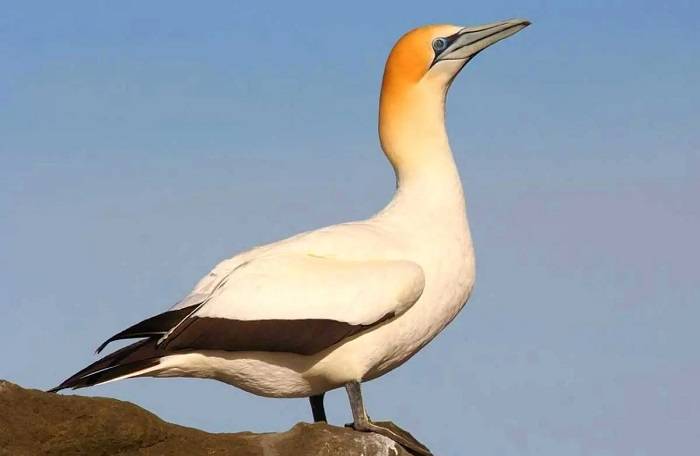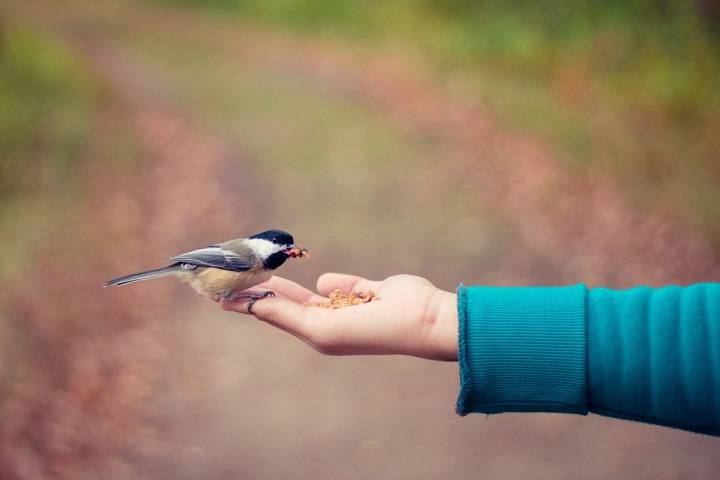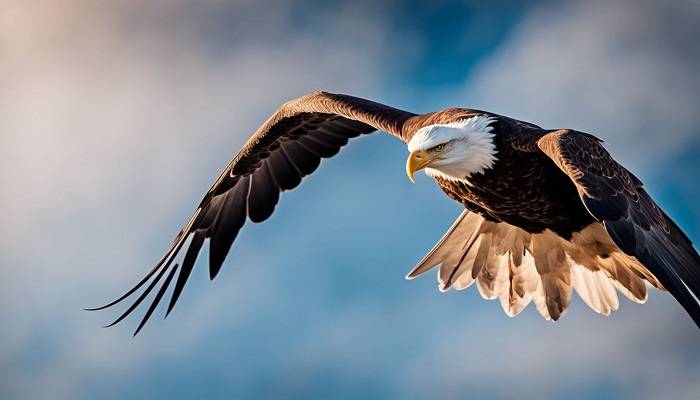Birds, with their graceful flight and intricate plumage, captivate our imagination and inspire awe and wonder. However, as delicate creatures, birds require careful handling and respect for their natural behaviors and adaptations. In this blog post, we delve into the topic of touching a bird’s wings, exploring the potential impacts on the bird’s well-being and the ethical considerations surrounding human-bird interactions.
The Fragility of Bird Wings: An Anatomy Lesson

Feather Structure:
- The wings of birds are marvels of evolutionary adaptation, finely tuned for flight and maneuverability. Feathers, the defining feature of bird wings, are lightweight yet durable structures composed of a central shaft (rachis) with barbs branching off on either side. Interlocking barbules and hooklets create a sturdy yet flexible surface that enables birds to generate lift and control their aerial movements.
Musculoskeletal System:
- Beneath the surface of the feathers lies a complex musculoskeletal system that powers flight. Muscles attached to the wing bones (humerus, radius, and ulna) contract and relax in a coordinated manner, allowing birds to flap their wings with precision and agility. Ligaments and tendons provide additional support and stability, ensuring that the wings can withstand the stresses of flight.
The Impact of Touching Bird Wings: Potential Consequences
Disruption of Feathers:
- Touching a bird’s wings can disturb the delicate arrangement of feathers, causing them to become misaligned or damaged. Disrupted feathers may lose their waterproofing and insulation properties, compromising the bird’s ability to regulate its body temperature and stay dry.
Stress and Anxiety:
- Birds are highly sensitive to changes in their environment and may perceive human touch as a threat or source of stress. Handling or touching a bird’s wings without proper training and consent can trigger fear responses, leading to increased heart rate, respiration, and stress hormone levels.
Injury or Fractures:
- Improper handling or rough contact with a bird’s wings can result in injury or fractures to the delicate bones and soft tissues beneath the feathers. Birds rely on their wings for essential activities such as foraging, preening, and escape, and any damage to these vital structures can severely impair their ability to survive in the wild.
Ethical Considerations: Respecting Bird Welfare and Autonomy
Consent and Boundaries:
- Birds, like all living beings, deserve to be treated with respect and dignity. Before attempting to touch or handle a bird, it is essential to obtain consent from the bird’s caregiver or a trained avian professional. Respecting the bird’s boundaries and autonomy is paramount, and any interactions should prioritize the bird’s welfare and well-being.
Education and Awareness:
- Raising awareness about the importance of ethical bird handling practices and the potential consequences of touching bird wings is essential for promoting responsible behavior and minimizing harm to birds. Educating individuals about the natural behaviors and adaptations of birds can foster a deeper appreciation for these remarkable creatures and inspire conservation efforts to protect their habitats and populations.
Touching a Bird’s Wings
Observation and Appreciation:
- Rather than attempting to touch or handle birds, consider observing them from a distance and appreciating their beauty and behavior in their natural habitat. Binoculars, cameras, and field guides are valuable tools for birdwatching enthusiasts and allow for close-up views without causing disturbance or harm to the birds.
Supporting Conservation Efforts:
- Contributing to conservation initiatives and habitat restoration projects is a meaningful way to protect birds and their ecosystems. By supporting organizations dedicated to bird conservation, you can help safeguard the habitats and populations of vulnerable species and ensure a brighter future for birds and their habitats.
Related Post:
Choosing the Perfect Pet Duck: A Comprehensive Guide
Discovering the Enigmatic World of Rare Duck Breeds
The Essential Guide to Pet Ducks: Care, Behavior, and Joys of Keeping Ducks
Touching a bird’s wings can have significant consequences for the bird’s welfare and well-being, and should be approached with caution and respect. As stewards of the natural world, it is our responsibility to appreciate and protect birds and their habitats, while also respecting their autonomy and natural behaviors. By promoting ethical bird handling practices, raising awareness about the importance of bird conservation, and fostering a deeper connection to the avian world, we can ensure that birds continue to grace our skies with their beauty and inspire wonder for generations to come. So the next time you encounter a bird in the wild, remember to admire its wings from afar and appreciate the freedom and grace with which it soars through the air.



